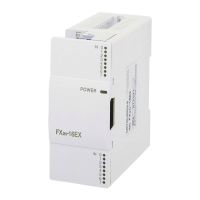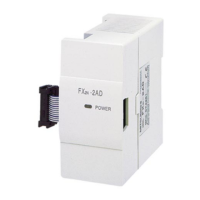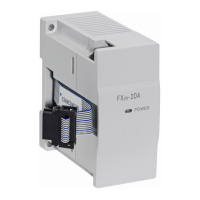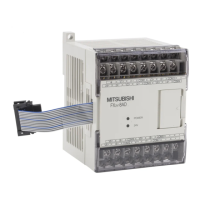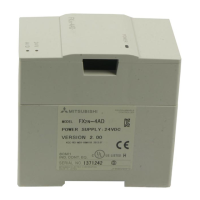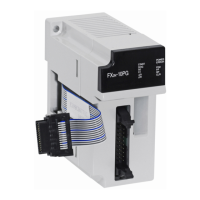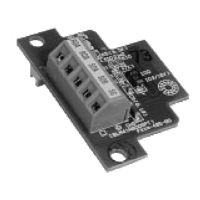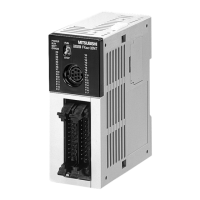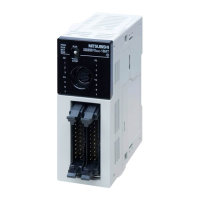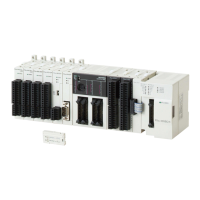Do you have a question about the Mitsubishi Electric FX2N and is the answer not in the manual?
Introduction to Programmable Logic Controllers (PLCs) and their basic operation.
Explains the structure and components of PLC program instructions.
Covers fundamental PLC instructions like LD, OUT, AND, OR.
Explains how to use input signals from switches and sensors.
Details the AND and ANI instructions for logical AND operations.
Details the OR and ORI instructions for logical OR operations.
Emphasizes proper implementation of emergency stop functions.
Advises on safety measures for cable breaks and switch contacts.
Explains how PLCs connect to processes via inputs and outputs.
Explains programmable internal timers and their operation.
Explains internal counters for counting signal pulses.
Covers basic arithmetic operations: add, subtract, multiply, divide.
Introduces analog modules for acquiring and controlling analog signals.
Introduction to Programmable Logic Controllers (PLCs) and their basic operation.
Explains the structure and components of PLC program instructions.
Covers fundamental PLC instructions like LD, OUT, AND, OR.
Explains how to use input signals from switches and sensors.
Details the AND and ANI instructions for logical AND operations.
Details the OR and ORI instructions for logical OR operations.
Emphasizes proper implementation of emergency stop functions.
Advises on safety measures for cable breaks and switch contacts.
Explains how PLCs connect to processes via inputs and outputs.
Explains programmable internal timers and their operation.
Explains internal counters for counting signal pulses.
Covers basic arithmetic operations: add, subtract, multiply, divide.
Introduces analog modules for acquiring and controlling analog signals.
| Manufacturer | Mitsubishi Electric |
|---|---|
| Series | FX2N |
| Protection Class | IP20 |
| Type | Programmable Logic Controller (PLC) |
| Input Voltage | 100-240V AC |
| I/O Points | Up to 256 (with expansion) |
| Output Type | Relay, Transistor |
| Programming Language | Ladder Logic |
| Communication Protocols | RS-232, RS-485 |
| Program Memory | 8K steps |
| Data Memory | 8K words |
| Memory | EEPROM |
| Expansion Capability | Yes |
| Instruction Set | Basic and Application Instructions |
| Execution Speed | 0.08 µs/basic instruction |
| Operating Temperature | 0 to 55 degrees Celsius |
